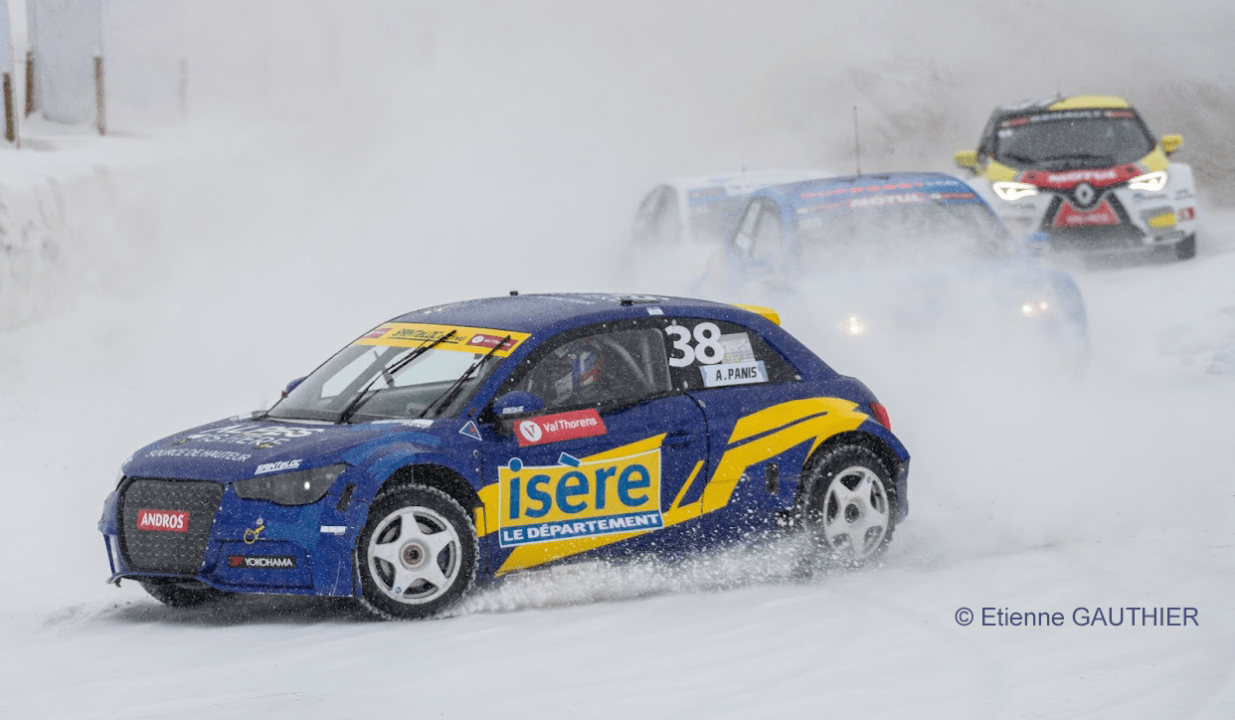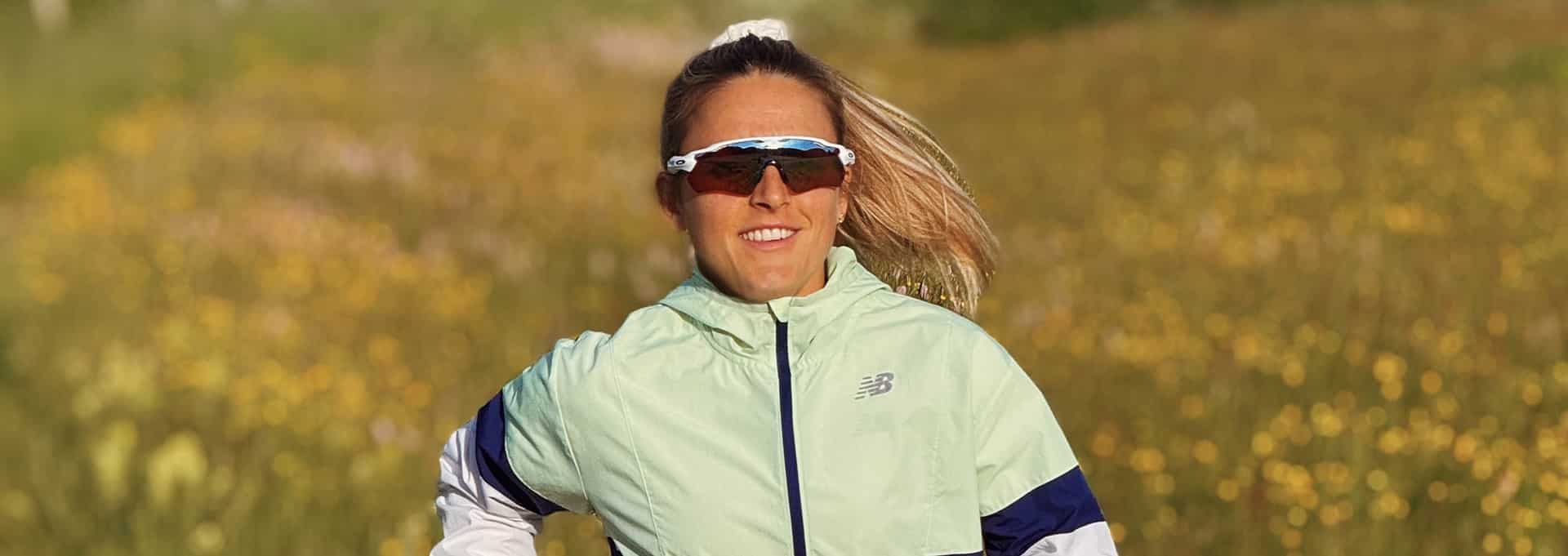What are the differences between driving on ice and driving on the road?
Aurélien Panis has been competing in the Andros Trophy (link to article) every year since 2018, but the rest of the time he drives on tarmac circuits. During the summer season, he is at the wheel of a GT3. So we asked him to explain the differences between driving on ice and driving on the road.

Driving in competition on the road
Aurélien Panis has been competing in the Andros Trophy (link to article) every year since 2018, but the rest of the time he drives on tarmac circuits. During the summer season, he is at the wheel of a GT3. So we asked him to explain the differences between driving on ice and driving on the road.
It turns out that the two driving styles are completely different. Aurélien explains to us that on a non-ice circuit, you have to avoid as much as possible the slightest slip of the car in order to perform well. To do this, he has to brake as late and as hard as possible in the corner, trying to stay straight during the deceleration phase. On the exit, he must gradually put the accelerator back on, to create as little slip as possible.
All the parameters of the car are set to have as much grip as possible. Oversteer (when the rear end of a car tends to slip) and understeer (when the front end slips) must be avoided at all costs. If this happens, the car's steering is affected and must be corrected immediately.
Aurélien Panis (link to article) concludes: "On a tarmac circuit, the less you slide, the better you perform!
Driving in ice competitions
On the icy tracks of the Andros Trophy, it's the other way around, the more you slide, the better you perform.
There are two phases to taking a turn properly:
- In the first phase, the car must be correctly positioned. When the driver enters a bend, he or she must brake the car and turn it quickly. This manoeuvre is called a "call versus call". This technique makes it possible to pass through a corner more quickly by setting the car adrift. First, the driver positions the car in oversteer, then counter-steers. Thanks to the load transfer, the car will slide in the direction of the corner. The rider enters the corner almost in reverse, in order to come out as straight as possible. Aurélien confirms the role of the windscreen wipers on the side windows: "We are so much in a slide at this moment that we are not looking at the track through the windscreen, but through the side window".
- Controlling the exit from the corner is the second phase. Once the car has entered the corner and been positioned, it must exit the corner as quickly as possible. To do this, the driver must put the car back on the throttle aggressively and spin as much as possible. The studded tyres (link to article) scrape the ice to get as much grip as possible. It is essential to exit the corner with the wheels straight, so that the traction is better. This is the reason why the driver comes into the corner sliding: to get the car in the direction of the exit even before he or she goes on the throttle. The better the car is positioned in the corner, the better the exit.
Driving on ice and on tarmac are therefore opposites. In both cases, you have to handle your vehicle with extreme precision to remain competitive. Aurélien Panis shows us once again that skill and rigour are inherent to motor racing.

